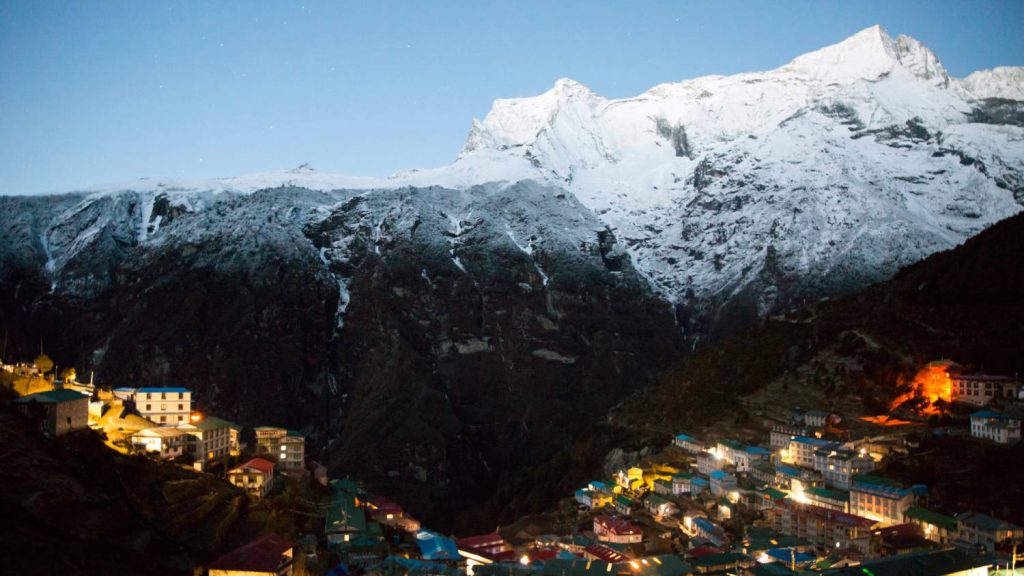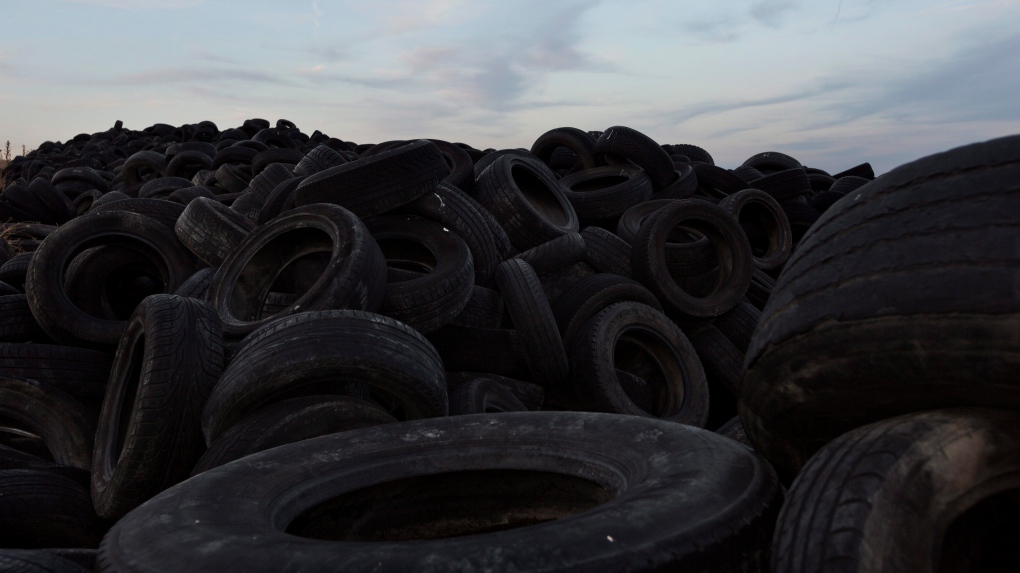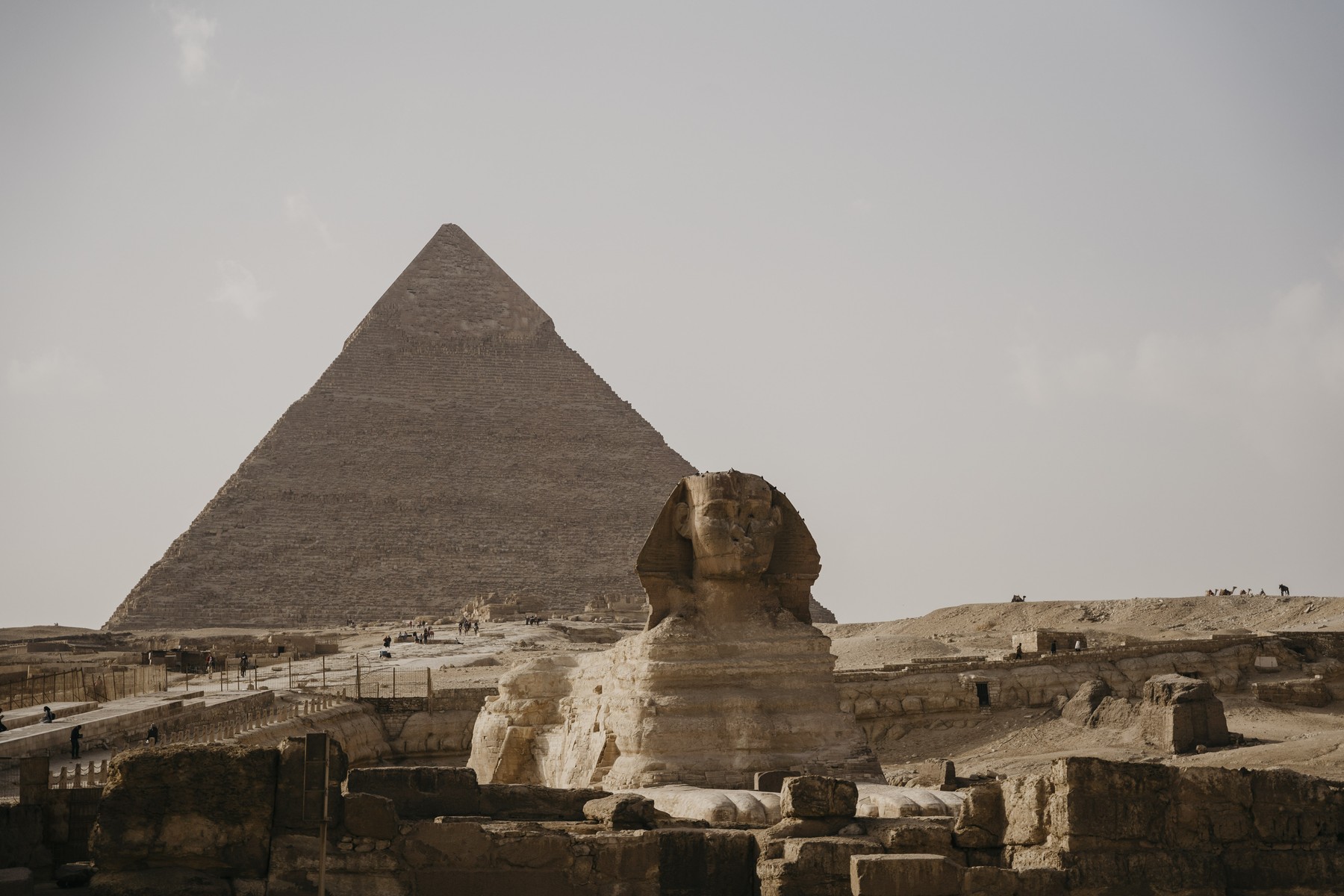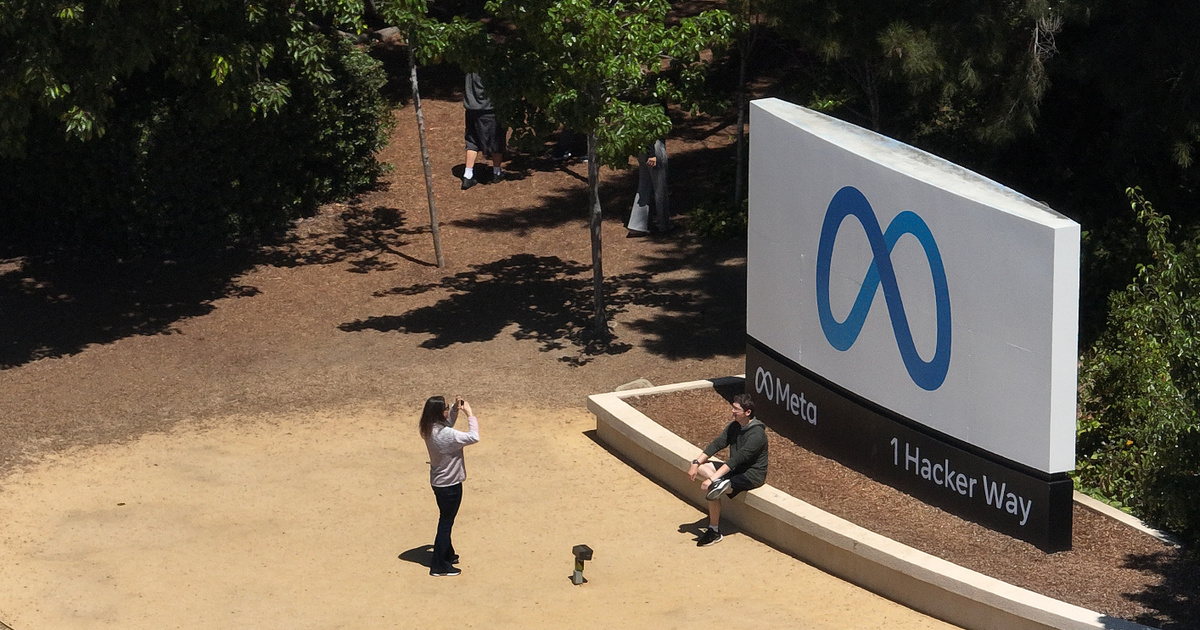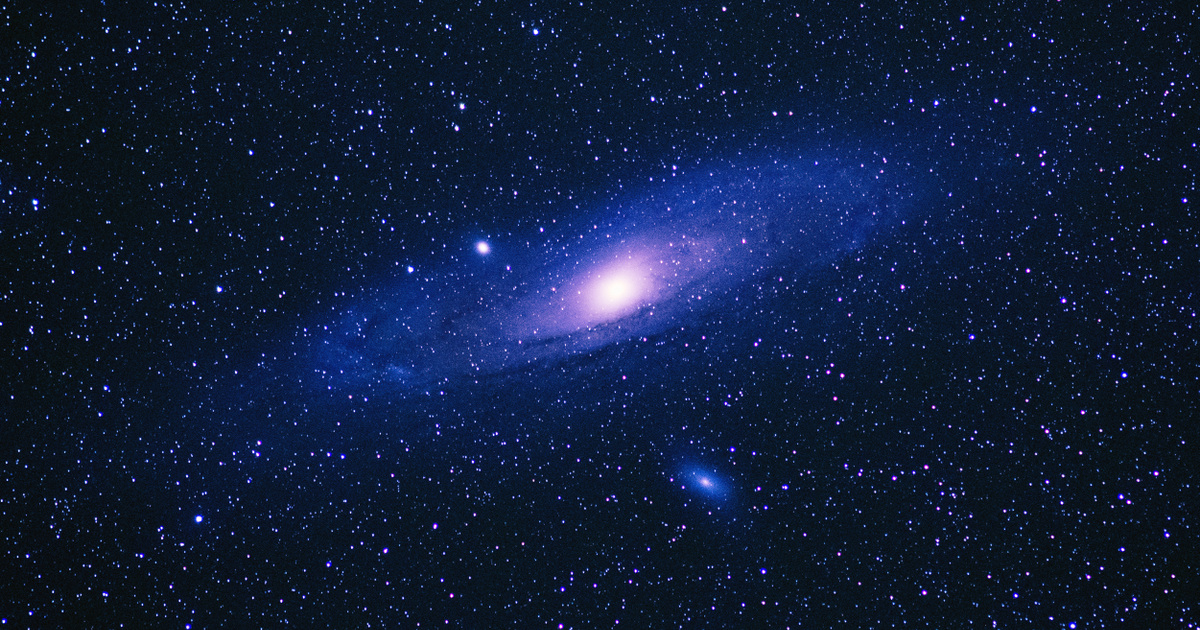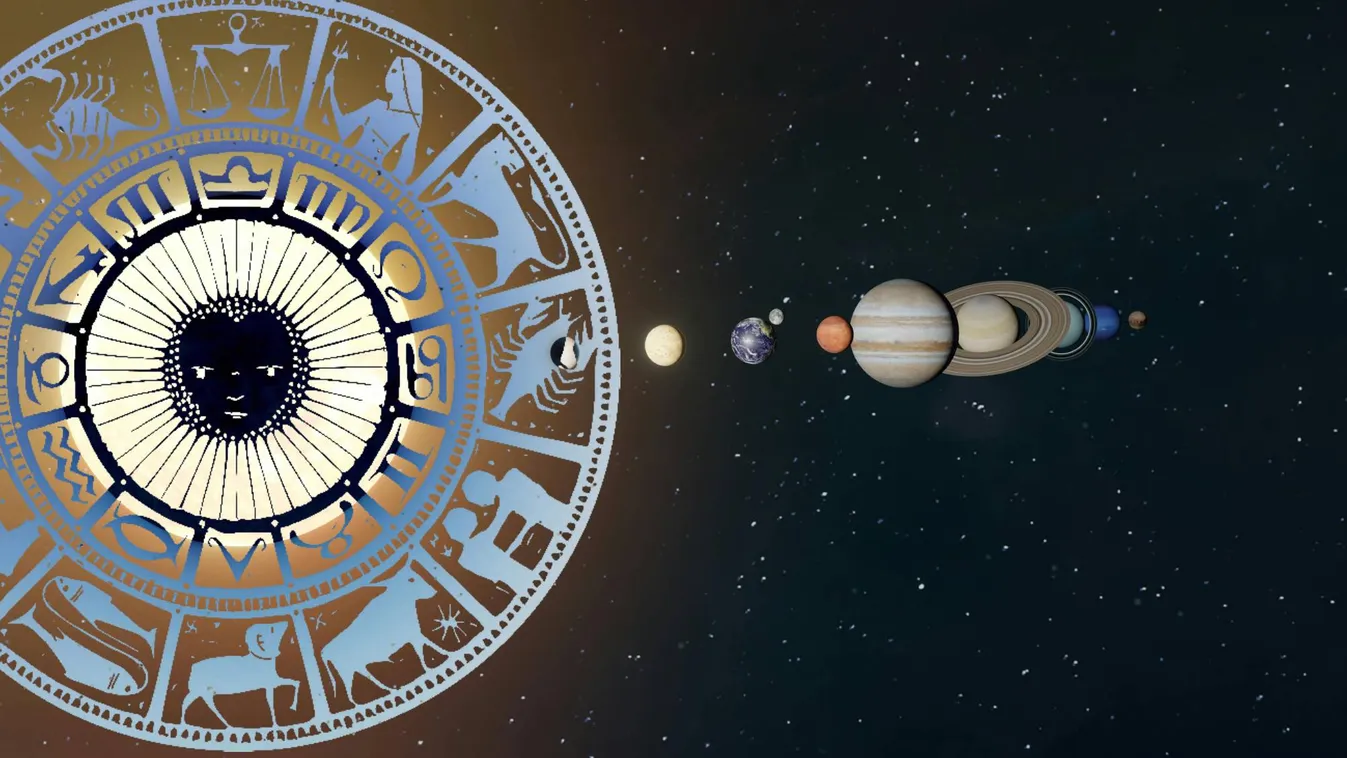Ozone levels over the southern hemisphere have fallen by 13% after the worst fires ever recorded in Australia due to chemical reactions caused by smoke.
Australian bushfire smoke has penetrated the Earth’s atmosphere
New analysis shows that the record-breaking Australian fires in 2019-2020 have sent smoke levels so high that even the stratospheric ozone layer has been damaged. The ‘Black Summer’ bushfires, which raged along the east coast of Australia from November 2019 to January 2020, caused unprecedented damage.
The fires burned more than 70,000 square kilometers of bushes, destroyed more than 3,000 homes, and killed millions of 30 people and animals. The huge mass of smoke reached South America and caused a massive algal bloom in ocean regions far from the continent.

Now Peter Bernath of Old Dominion University in Virginia and his colleagues have shown that smoke from wildfires has risen into the stratosphere and triggered chemical reactions that deplete the ozone layer.

The researchers analyzed data from satellites that monitor 44 different molecular levels in the atmosphere. This showed that stratospheric ozone was 13% depleted in the mid-latitudes of the Southern Hemisphere – which includes Australia – as a result of the “black summer” fires.
This is because smoke entering the stratosphere reacts with chlorine-containing compounds of local origin and high levels of chlorine.
They are the remnants of the widespread use of ancient CFCs.
The smoke reaction converted these compounds into highly ozone-depleting forms such as chlorine monoxide and hypochlorous acid.
In the future, the effects of cleaning fires on ozone levels must also be taken into account
The smoke from wildfires doesn’t usually cause such intense chemical reactions in the stratosphere, Bernath says, but the Australian fires were so intense that they created their own storm clouds — called pirocumulonimbus clouds — that pushed the smoke into the stratosphere.

A separate study published by researchers at Jinan University in China showed that
that “smoke injection” +1°C also warmed the stratosphere over the southern hemisphere,
As a result of the fires that broke out for six months. Bernath and colleagues found that fire-induced stratospheric ozone depletion persisted until December 2020 before returning to normal levels. “As the number of severe scrub fires increases, they will play an increasingly important role in the global ozone budget,” says Peter Bernath.
(Source: New World)










